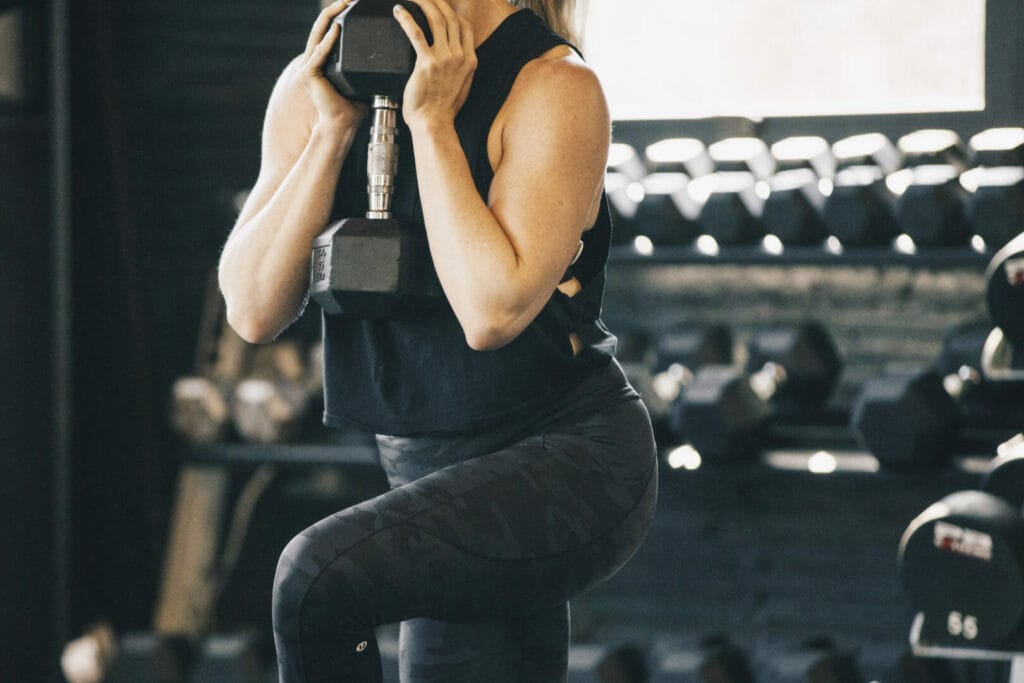When it comes to strength training, most people focus on the big compound exercises like squats, deadlifts, and bench presses. These are great exercises that work multiple muscle groups at once and are essential for building overall strength and muscle mass. However, there’s another type of exercise that often gets overlooked: accessory exercises.
Accessory exercises are exercises that target specific muscle groups and movements that are not directly trained by compound exercises. They can help to improve your overall strength, muscle definition, and athletic performance in a number of ways. Here are some of the benefits of incorporating accessory exercises into your training routine:
Target Weak Points
Compound exercises are great for building overall strength and muscle mass, but they don’t always target every muscle equally. For example, if you have weak glutes or hamstrings, you may struggle with exercises like squats and deadlifts. Accessory exercises can help to target these weaker muscle groups and bring them up to par, improving your performance on compound exercises as a result.
Increase Muscle Definition
Accessory exercises are great for targeting specific muscles and creating more definition and shape. For example, if you want to build bigger biceps, you can add exercises like bicep curls and hammer curls to your routine. This will help to isolate the biceps and create more muscle hypertrophy, resulting in bigger and more defined arms.
Improve Joint Health
Compound exercises can be tough on the joints, especially if you’re lifting heavy weights. Accessory exercises can help to improve joint health by targeting specific muscles that support the joints. For example, exercises like face pulls and rotator cuff exercises can help to improve shoulder stability and prevent injuries.
Increase Athletic Performance
Accessory exercises can also help to improve your athletic performance by targeting specific movements that are important for your sport. For example, if you’re a runner, exercises like single-leg squats and lunges can help to improve your balance and stability, while also strengthening the muscles involved in running.
So, how do you incorporate accessory exercises into your training routine? The best approach is to add them in after your compound exercises. For example, if you’re doing a squat workout, you could add in exercises like Romanian deadlifts, glute bridges, and calf raises as accessory exercises. Aim for 2-3 sets of 8-12 reps for each exercise.
Accessory exercises are a valuable addition to any strength training routine. They can help to target weak points, increase muscle definition, improve joint health, and increase athletic performance. So, the next time you hit the gym, don’t forget to add in some accessory exercises to take your training to the next level!

